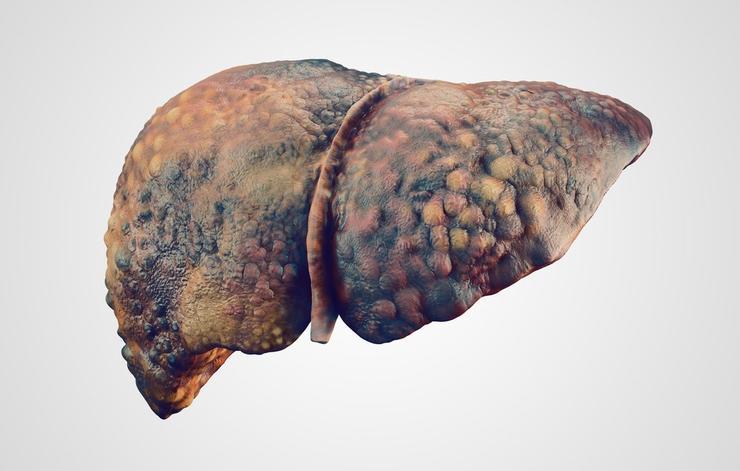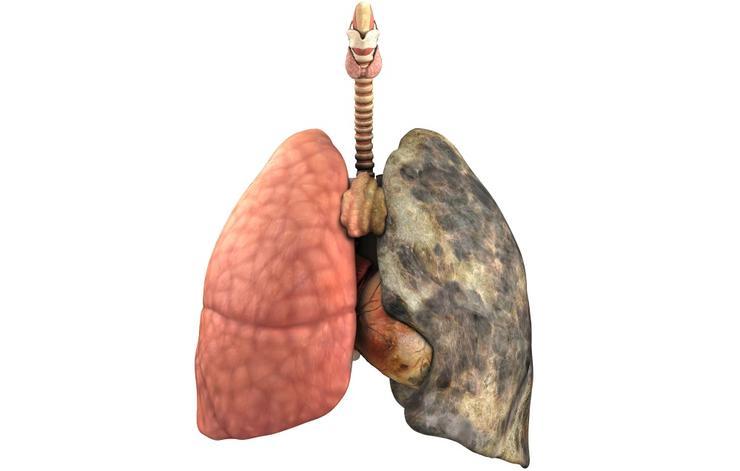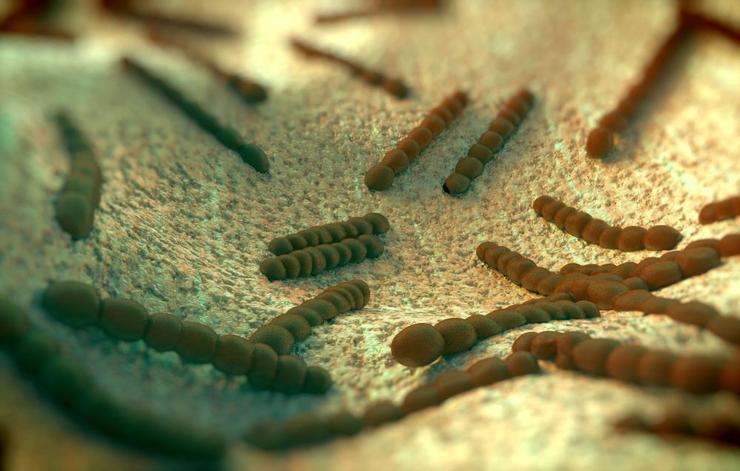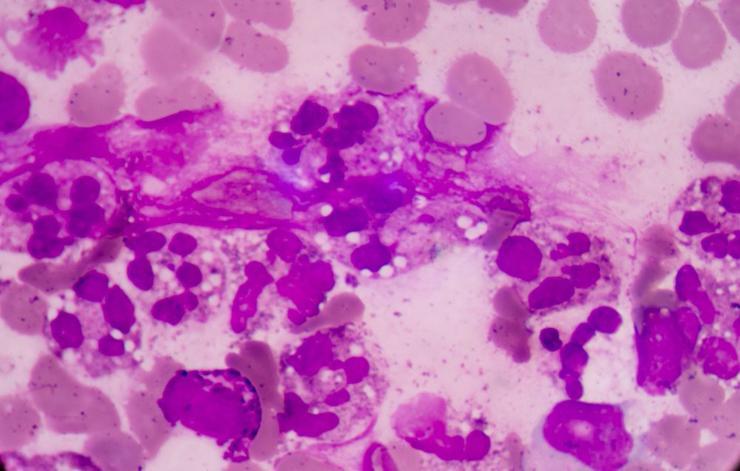5 diseases more dangerous than cancer
You think cancer is the scariest because it causes the most deaths, but according to the US Centers for Disease Control and Prevention (CDC), there are other more dangerous “killers”.
Cirrhosis
 |
The liver is the organ responsible for filtering toxins to help the body absorb vitamins, nutrients and energy from food. Cirrhosis is a gradual loss of liver function with symptoms including feeling weak or tired, loss of appetite, nausea and bloating.
This disease is in the top 10 causes of death in the world with the number of deaths each year due to the disease is about 27 thousand people. The cause of the disease can be due to viruses, drinking habits, beer or some other disorders or infections.
To protect and avoid cirrhosis, you need to control your body weight, eat properly, do not drink alcohol (if you do, only drink one glass a day), and exercise regularly.
Chronic obstructive pulmonary disease
 |
Chronic obstructive pulmonary disease (COPD) is the third leading cause of death and one of the top 10 incurable diseases globally.
COPD is an umbrella term for a handful of lung-related health problems, including emphysema and bronchitis. CDC statistics show that about 5% of American adults have been diagnosed with one of these two conditions. In Vietnam, the disease rate in the community for people over 40 is 4.2%.
The biggest risk factor for COPD is smoking. Construction workers and some other occupations are also major risk factors for the disease, with the most common symptom being shortness of breath. But because the disease progresses slowly, you may not notice any sudden changes in your breathing, which is why it is often not diagnosed until its late stages.
Diabetes
Diabetes involves a breakdown in the body's ability to control blood sugar levels. Over time, the problem can lead to heart disease, nerve damage, kidney disease, or other potentially fatal health problems. As a result, diabetes is considered one of the most dangerous diseases today.
 |
There are two forms of diabetes: type 1 and type 2. Only 5% of people have type 1 diabetes, an autoimmune disease that destroys the body's ability to make insulin. Type 2 diabetes, which accounts for 95% of people with diabetes, means your body cannot use the insulin produced by your pancreas. However, about a quarter of people with the disease do not know they have it.
Early symptoms of diabetes include frequent urination, feeling thirsty, extreme fatigue, vision problems and feeling hungry even when you're eating, according to the American Diabetes Association.
To prevent type 2 diabetes, you need to make lifestyle changes, eat a careful diet and maintain a healthy weight. If you are pre-diabetic, these measures can also help you avoid the disease.
Flu and pneumonia
 |
Influenza, which refers to a group of different viruses that cause respiratory illnesses, will keep you in bed for a few days with fever and chills for healthy adults. But for anyone with a weakened immune system or chronic medical conditions such as kidney or heart problems, the flu can cause complications quickly, even death.
According to the American Cancer Society, the flu can also lead to a lung infection called pneumonia, which can be fatal if you have a weakened immune system or any chronic health problems.
The best way to prevent all this is to get a flu shot every year, especially for those at high risk of pneumonia, people with chronic illnesses, and the elderly to protect against infection.
Sepsis
 |
This is a form of blood infection and it tends to only affect people who are already sick. Sepsis usually begins as an infection in some other part of the body such as the lungs, urinary tract, skin, or kidneys. The infection eventually spreads to the bloodstream and causes an “overwhelming” immune response that leads to blood clots or multiple organ failure and death (the disease has a mortality rate of 20-50%).
People with weakened immune systems or health problems are at highest risk, but sepsis can affect anyone if infections in other organs are left untreated.
The danger of this disease is that you can't do much to prevent it, but you can recognize it through symptoms such as sudden fever, chills, rapid breathing, increased heart rate to promptly go to medical facilities for examination and timely treatment of incidents that occur.
According to VNN
| RELATED NEWS |
|---|


